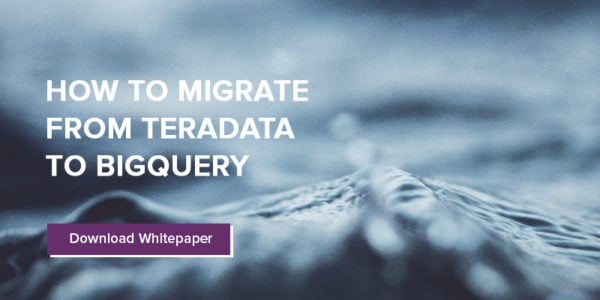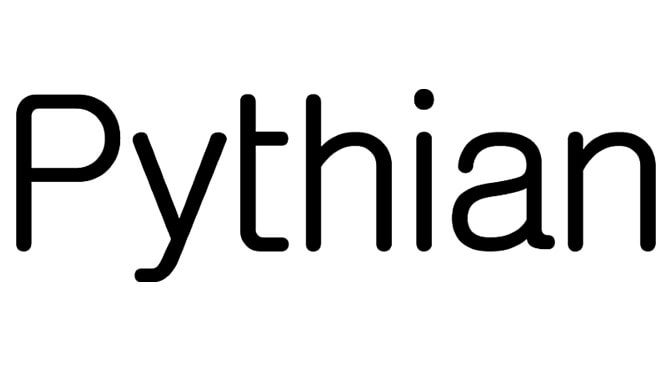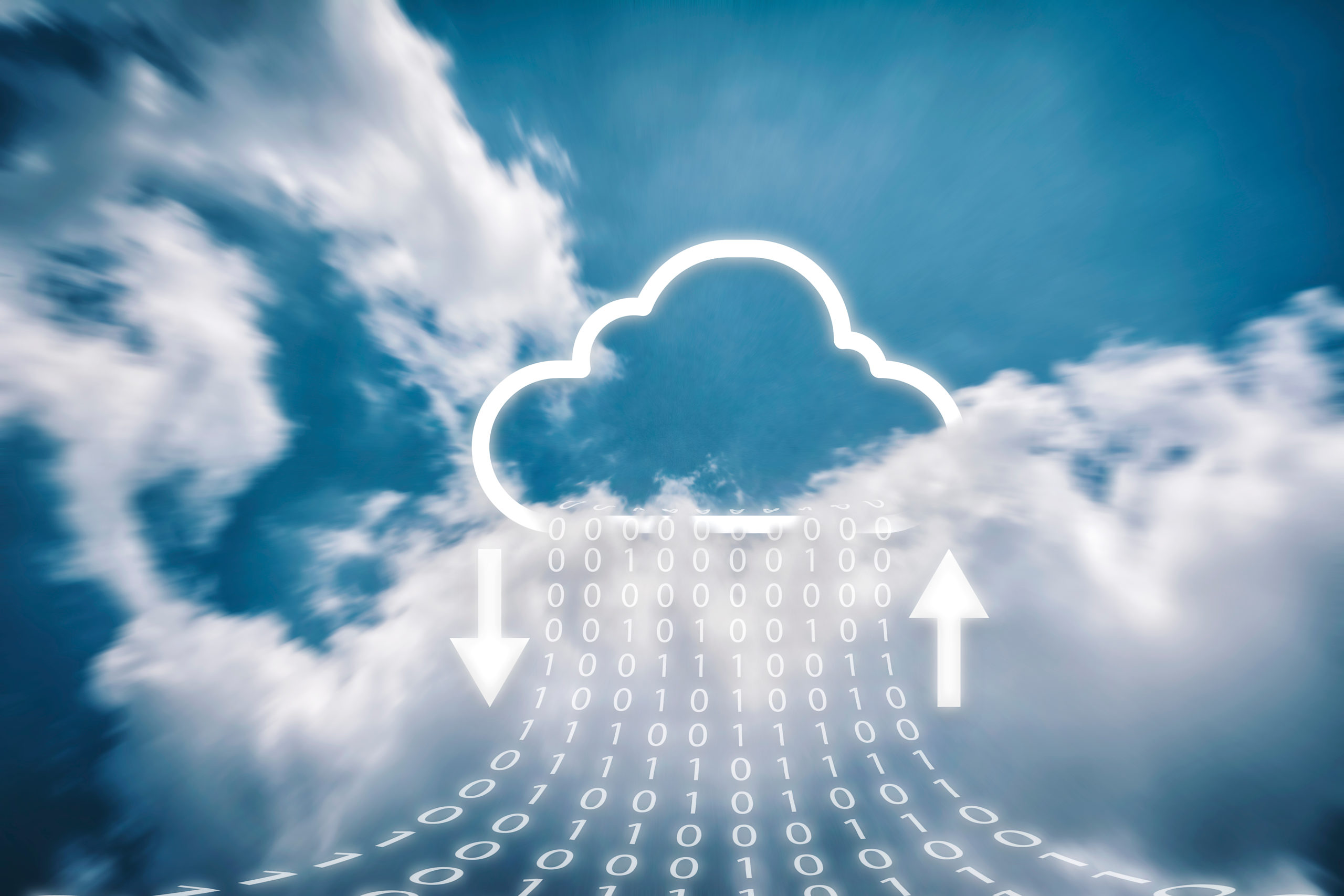How to migrate from Teradata to Google BigQuery
- When it makes sense to migrate to BigQuery, and when it doesn’t
- The key areas to consider when planning for and implementing a migration of this nature
- Pre-migration considerations like how to approach cost control tools, data transformations and continuous data ingestion
- Step-by-step instructions on how to set up a data migration pipeline from Teradata to BigQuery
- Post-migration procedures like how to monitor your BigQuery database using Stackdriver, analyzing logs and validating data quality

On this page
Share this
Share this
More resources
Learn more about Pythian by reading the following blogs and articles.
Data encryption at rest in Oracle MySQL 5.7


Data encryption at rest in Oracle MySQL 5.7
Apr 20, 2016 12:00:00 AM
5
min read
How Does Transparent Data Encryption (TDE) Impact Tempdb Databases?


How Does Transparent Data Encryption (TDE) Impact Tempdb Databases?
Jun 13, 2023 12:00:00 AM
4
min read
How to Fix the “There is not enough space on the disk” Azure SQL Data Sync Error


How to Fix the “There is not enough space on the disk” Azure SQL Data Sync Error
Jul 28, 2022 12:00:00 AM
2
min read
Ready to unlock value from your data?
With Pythian, you can accomplish your data transformation goals and more.
